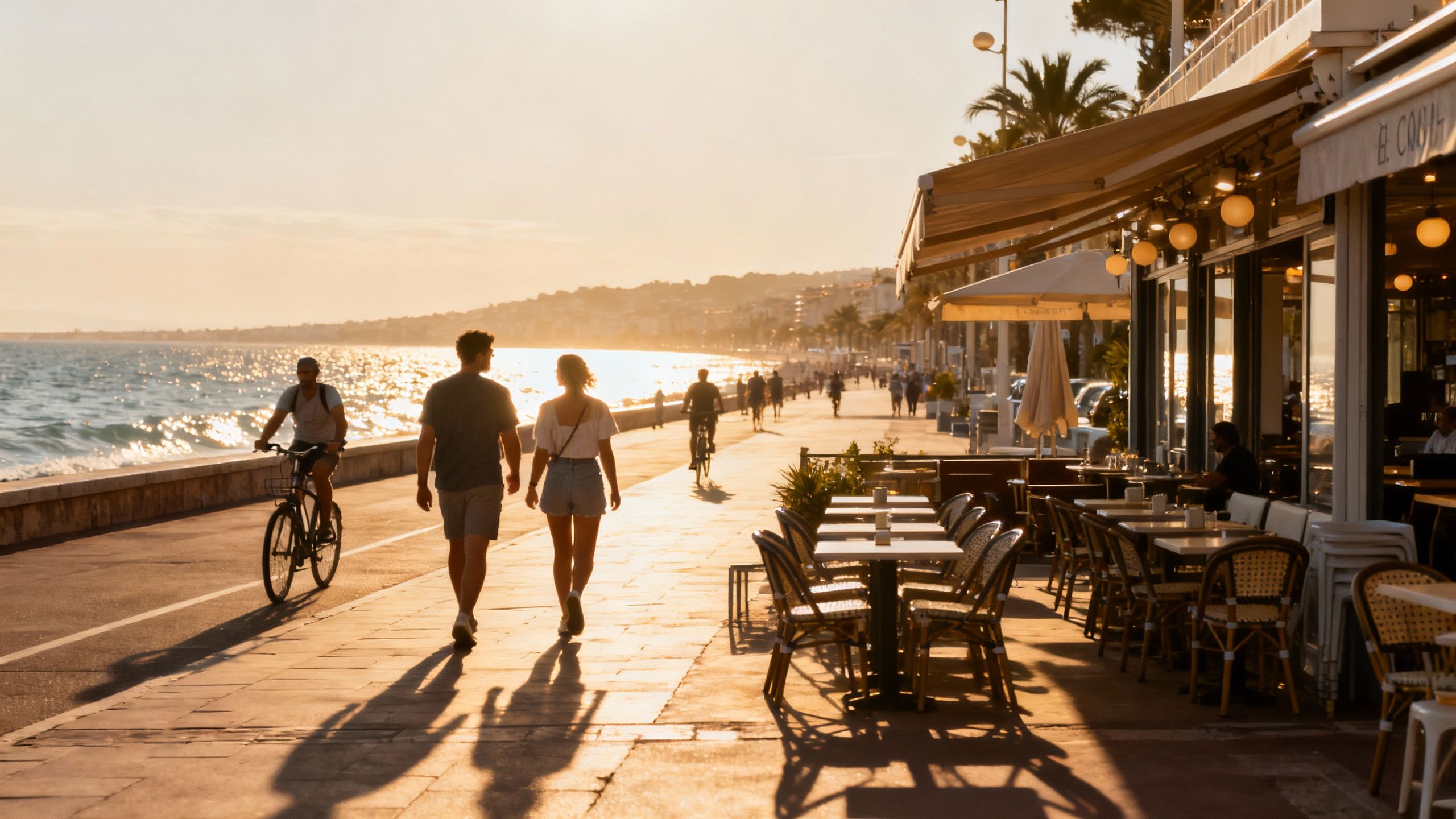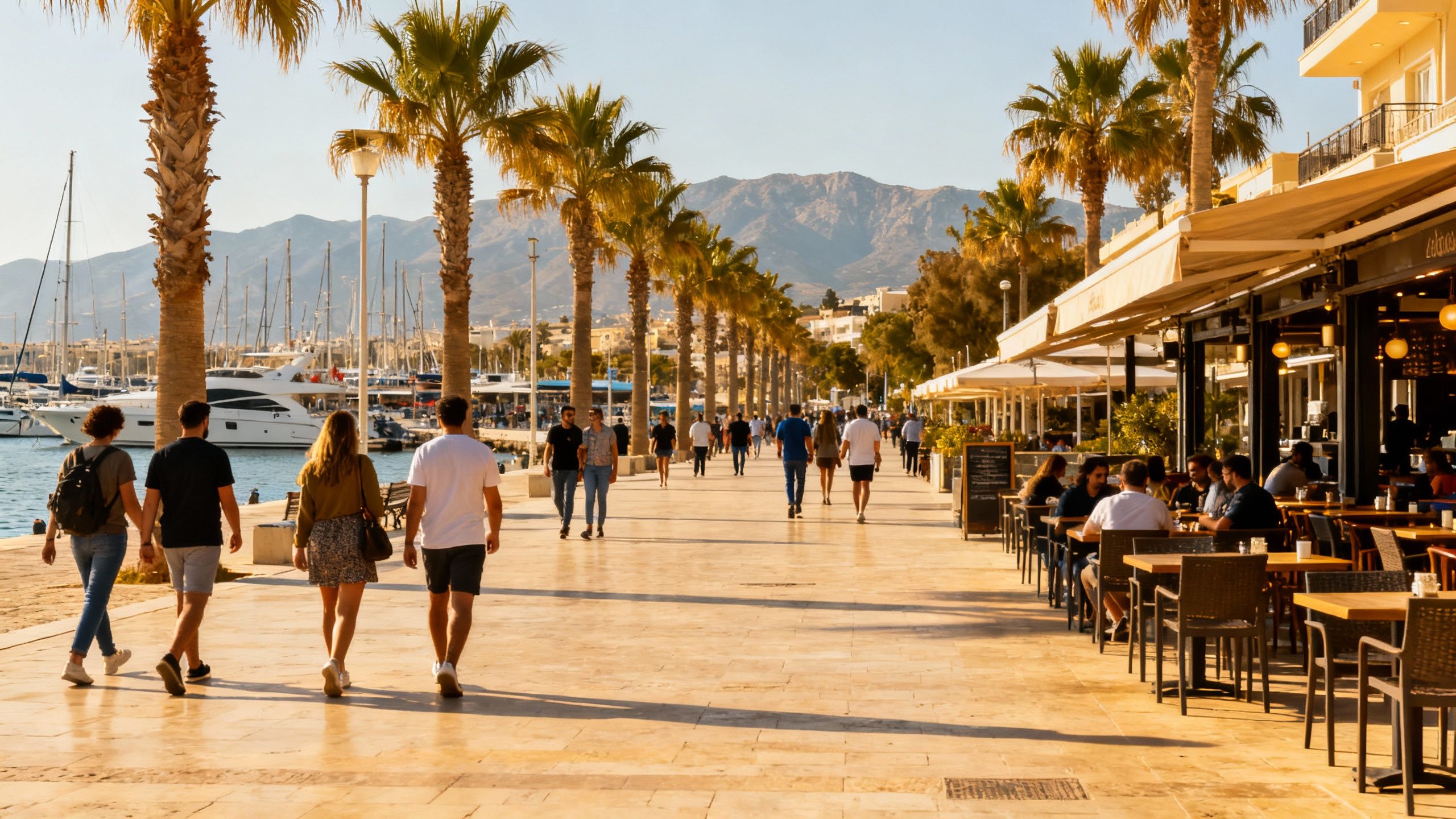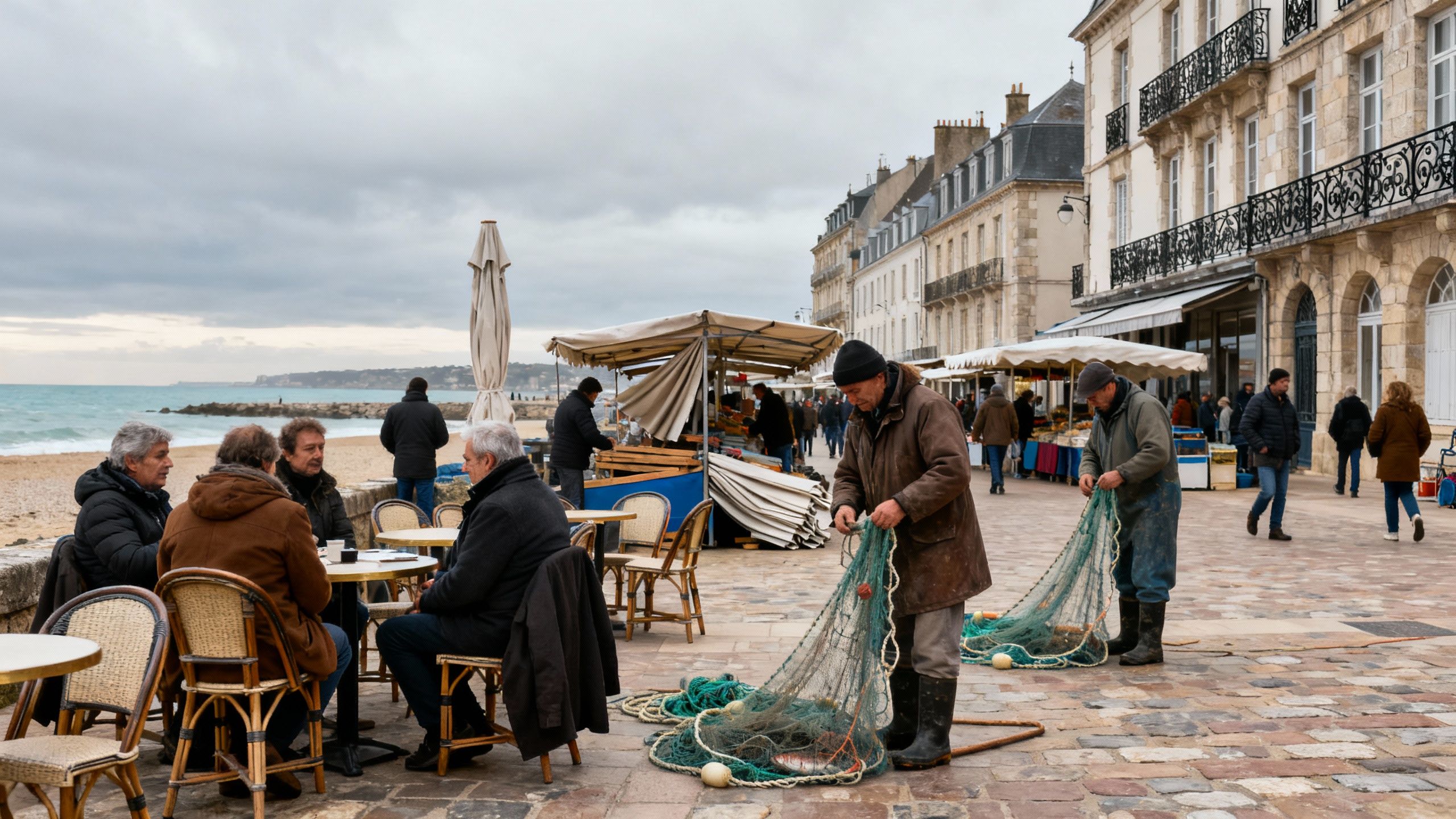Italy — Seasonal Life, Taxes and Purchase Pitfalls
Italy blends piazza life, regional variety and steady market growth; use ISTAT data, local tax checks and residency rules to match lifestyle choices with purchase costs.
Imagine walking out of a narrow Roman palazzo onto a sun-warmed piazza, espresso steam and bicycle bells filling the air, then catching a late-afternoon train north to a Ligurian cove where neighbours gather for aperitivo. Italy is a mosaic of daily rhythms: slow, ritualised breakfasts in small cafés; late dinners that stretch past sunset; and weekends driven by markets, museum openings and sea or mountain escapes. For international buyers the appeal is lifestyle first — architecture, food, climate and community — but the decision is practical second: taxes, residency rules and local market cycles shape what you can afford and how you’ll use a property. This review blends sensory snapshots of life in Italy with up-to-date market data and clear, actionable steps to move from dreaming to owning.
Living the Italian life: daily rhythms and neighbourhoods
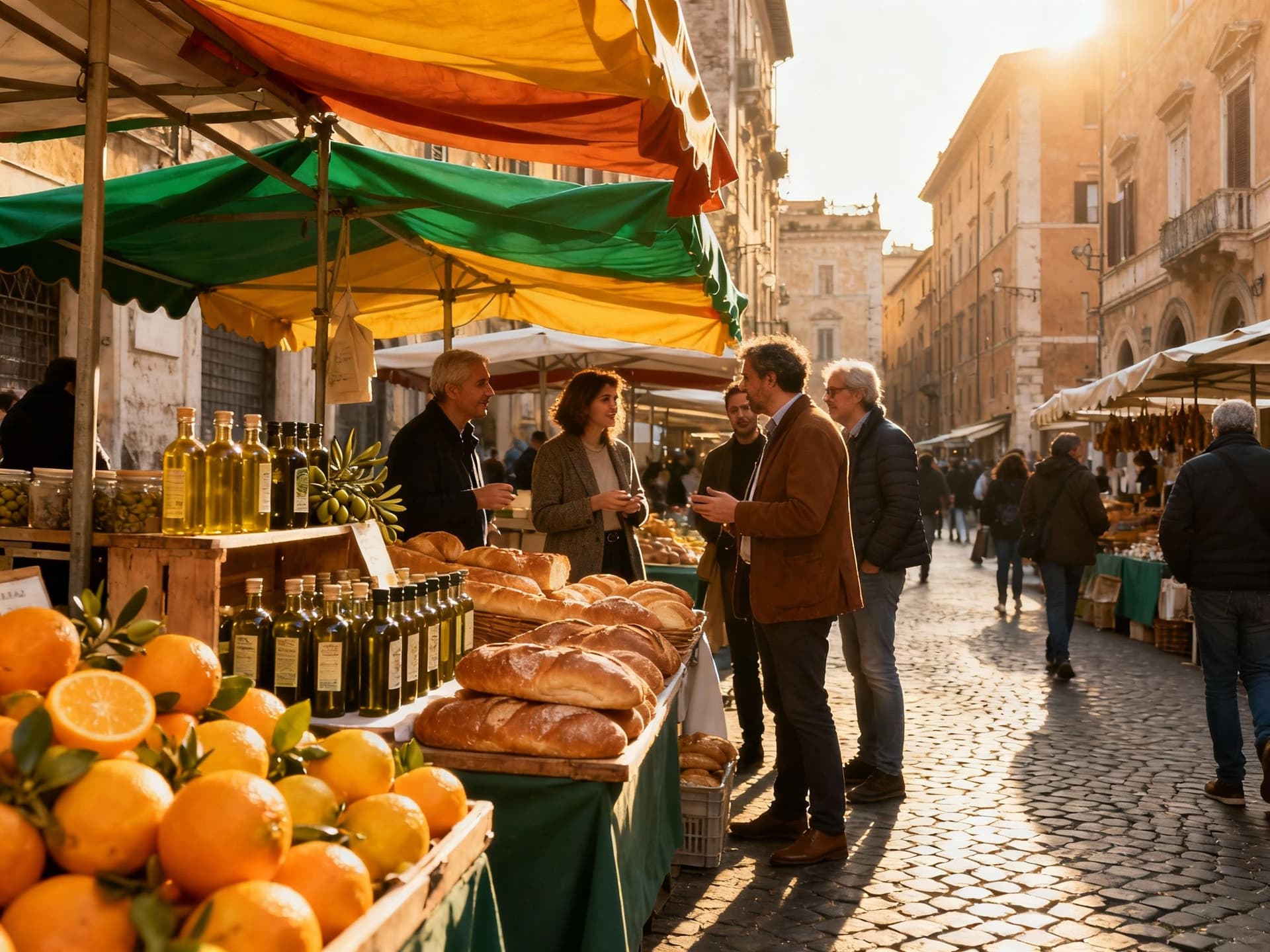
Daily life in Italy is shaped by place and season: narrow historic streets in Florence hum with morning deliveries and midday markets, Milan’s Centro Storico pulses with commuters and design events, while Amalfi Coast towns slow to a seaside tempo where afternoons are for swimming and family lunches. Interiors often prioritise outdoor rooms — balconies, terraces, small courtyards — because the Mediterranean climate extends living space from spring through autumn. For buyers this means property choices are lifestyle-driven: a city apartment near public transport and cafes or a coastal villa with outdoor entertaining and modest maintenance needs.
Neighborhood spotlight: Rome, Milan, Florence and the coast
In Rome, neighbourhoods like Trastevere and Monti offer cobbled lanes, trattorie and a strong ex-pat community that makes integration easier; prices vary widely between grand historic apartments and smaller, renovated flats. Milan’s Navigli and Brera combine design, nightlife and international schools, attracting professionals who need fast links to European business hubs. Florence’s Oltrarno favours artisans, piazza life and tourist-season rental demand, while coastal towns from Liguria to Puglia trade convenience for slower, seasonal economies; each area demands a different property strategy around renovation, rental potential and ongoing costs.
Food, markets and the social calendar
Picture Saturday mornings at an open-air mercato — fresh produce, cured meats, and vendors who remember your name — then evenings at a neighbourhood osteria that serves seasonal plates. Food culture affects decisions: proximity to markets and kitchens with space for entertaining holds practical value. Expat life often centres around language cafés, international schools and clubs; those planning long-term residence should review visa pathways such as the elective residency visa and make sure passive income, health insurance and housing documentation meet consular requirements.
- Markets and lifestyle highlights
- Historic centres (Rome Trastevere, Florence Oltrarno) — strong short-term rental demand, higher renovation and maintenance costs.
- Northern urban hubs (Milan, Turin) — access to business services, higher price per m², steady year-round demand.
- Coastal towns (Amalfi, Liguria, Puglia) — seasonal peaks, community-driven life, consider year-round utilities and maintenance.
Making the move: practical considerations for buyers
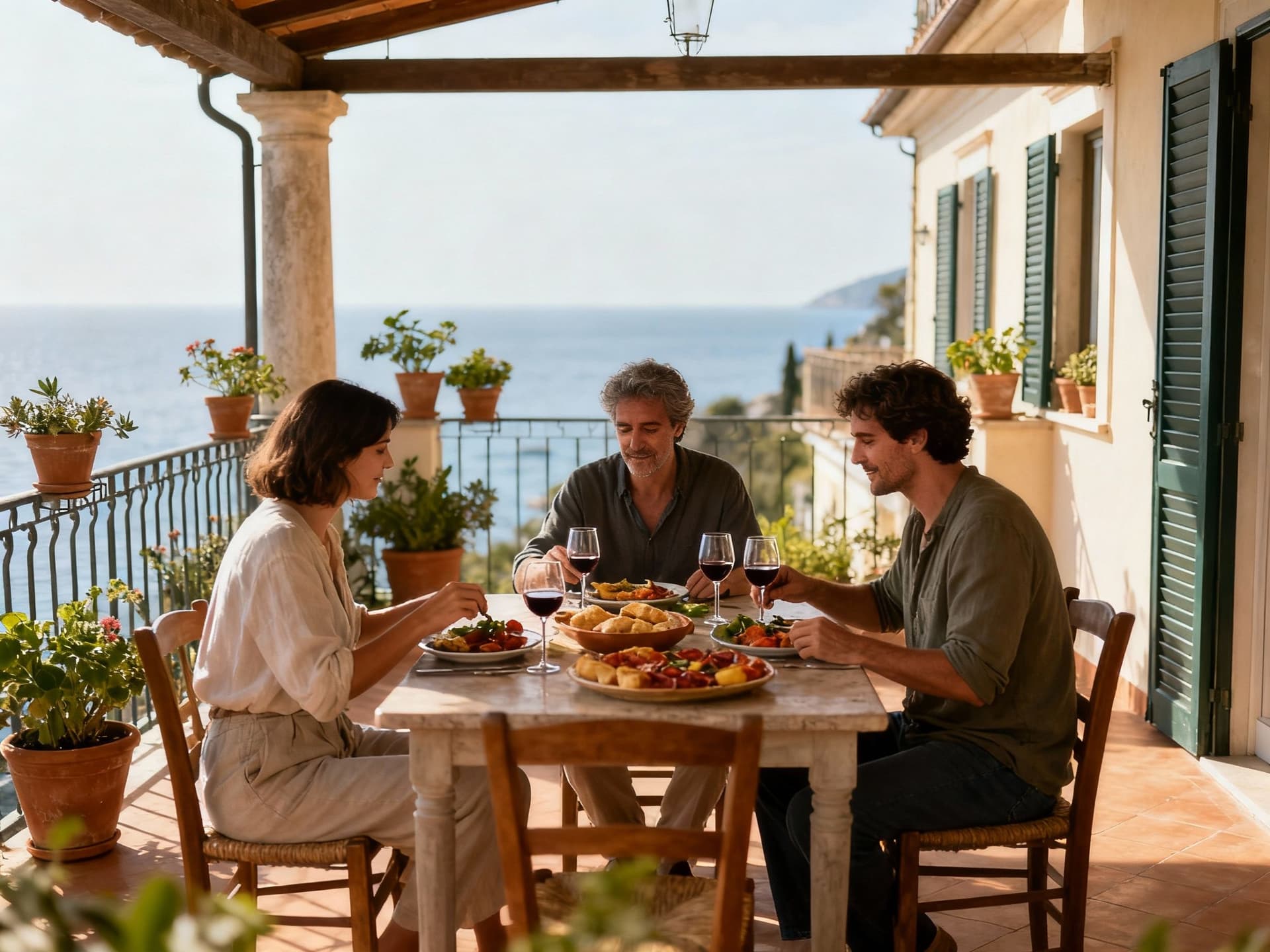
Italy’s market shows modest growth with regional variance; national statistics report year-on-year house price increases in 2025 but also shifting momentum between new-build and existing stock. According to ISTAT, the House Price Index rose 3.9% year-on-year in Q2 2025, driven mainly by existing dwellings while new-builds slowed. That data matters for buyers: established properties may deliver quicker cashflow through rentals, while new developments can offer energy-efficiency benefits but may have different tax treatment.
Taxes, fees and registration to plan for
Purchase taxes vary by buyer profile: non-resident buyers typically face registration and cadastral taxes that can be a fixed fee or percentage of cadastral value, and purchases from developers are subject to VAT (IVA). Expect additional one-off costs — notary fees, agency commissions, and survey/energy certification — plus ongoing IMU (property tax) and waste collection charges. Working with a local accountant early clarifies whether you qualify as a primary residence (lower rates) or a second home, which has higher tax rates.
Property types and how they shape living costs
A restored historic apartment offers character and central location but may need seismic upgrades and ongoing maintenance; a new-build condominium reduces immediate renovation needs and often includes elevators and thermal insulation but can carry higher IVA. Coastal villas bring outdoor living possibilities and rental seasonality; they also require garden and façade care. Match property type to how you’ll live: full-time residents value insulation, heating and proximity to services while seasonal owners prioritise security, low-maintenance finishes and reliable local property management.
- Practical next steps before making an offer
- 1. Secure a local lawyer and notary: verify title, servitudes, and energy certificates before signing any pre-contract.
- 2. Obtain an up-to-date cadastral and land registry check (visura) and, where needed, a technical survey for structural and systems condition.
- 3. Confirm tax treatment with an accountant: calculate upfront taxes, ongoing IMU, rental tax regimes and any incentives for renovations or energy upgrades.
Insider knowledge: expat realities and long-term living
Expat buyers consistently name language and bureaucracy as the two surprises that alter timelines. Local offices work by formal procedure and often require certified translations and original documents; delays are common if paperwork is incomplete. Many successful movers build a small local team — agent, lawyer, accountant and a property manager — to smooth registration, tax filings and the post-purchase handover. Integrating socially often begins with neighbourhood markets, language classes and community associations rather than formal networking.
Cultural nuances that affect daily life
Expect a slower pace for many public services and embrace local routines — shops closed mid-afternoon in smaller towns, long lunches in summer and municipal schedules that vary by comune. Learning basic Italian accelerates integration; even minimal efforts open doors to neighbours and local tradespeople. For families, proximity to healthcare facilities and schools should be as important as the property itself: regional differences in public services can influence where you decide to settle.
How life evolves after the move
Many buyers report that the first year is about practical adaptation — utilities, associations and building committees — while years two and three are when social life deepens: smaller local friendships, weekend rituals and integration into neighbourhood rhythms. Consider property features that support long-term life: reliable heating for winter, shaded outdoor spaces for summer, and flexible rooms for guests or remote work. Plan for maintenance budgets (typically 1–2% of property value annually for older homes) and build local contacts for ongoing care.
- Practical tips from expats
- Register early with AIRE (if applicable) and the local Comune to avoid administrative fines and to access services; deadlines and enforcement tightened since 2024.
- Hire a manager locally if you won’t be resident year-round; short-term rentals need professional oversight for compliance, cleaning and guest handling.
Conclusion: how to combine lifestyle and sound decision-making
Italy rewards buyers who balance sensory imagination with careful due diligence. Use neighbourhood visits to confirm lifestyle fit, then bring in a local lawyer and accountant to quantify taxes and risks before placing an offer. Rely on agencies as lifestyle enablers — they should translate local rhythms into property briefs that match your daily life, not just square metres on a price list. If you value food, culture and varied seasons, Italy offers a robust market with modest growth and clear regional differences — plan paperwork early, budget for maintenance, and let local expertise turn a dream piazza into an owned home.
Norwegian market analyst who relocated to Mallorca in 2020. Focuses on data-driven market insights and smooth relocation for international buyers.
